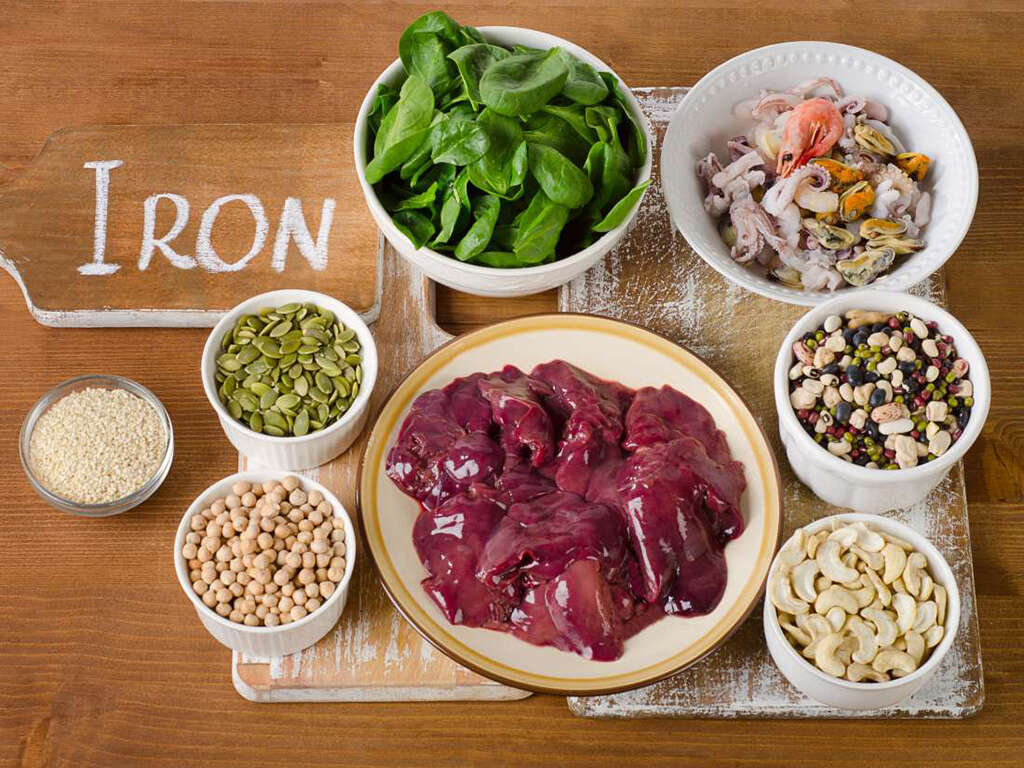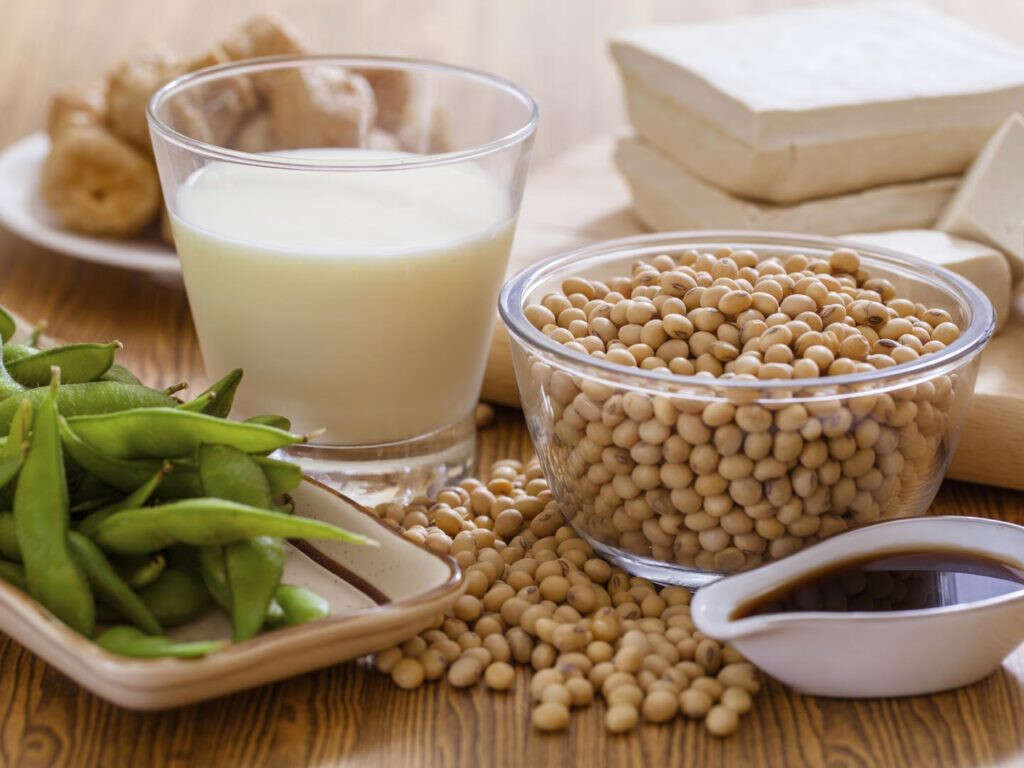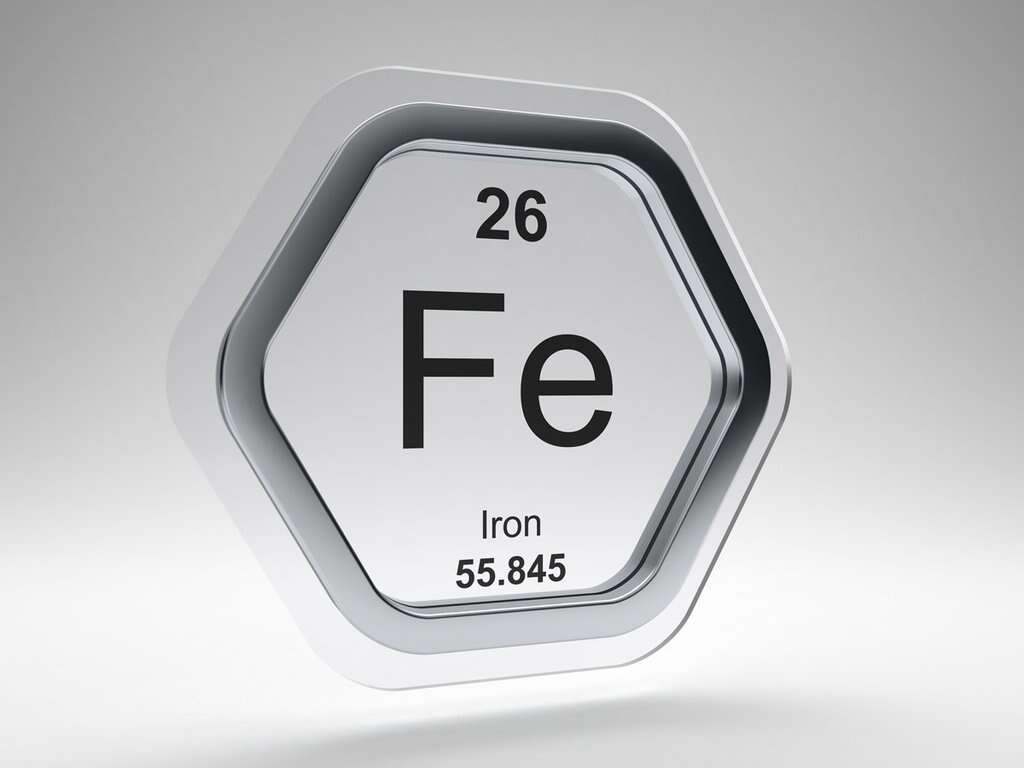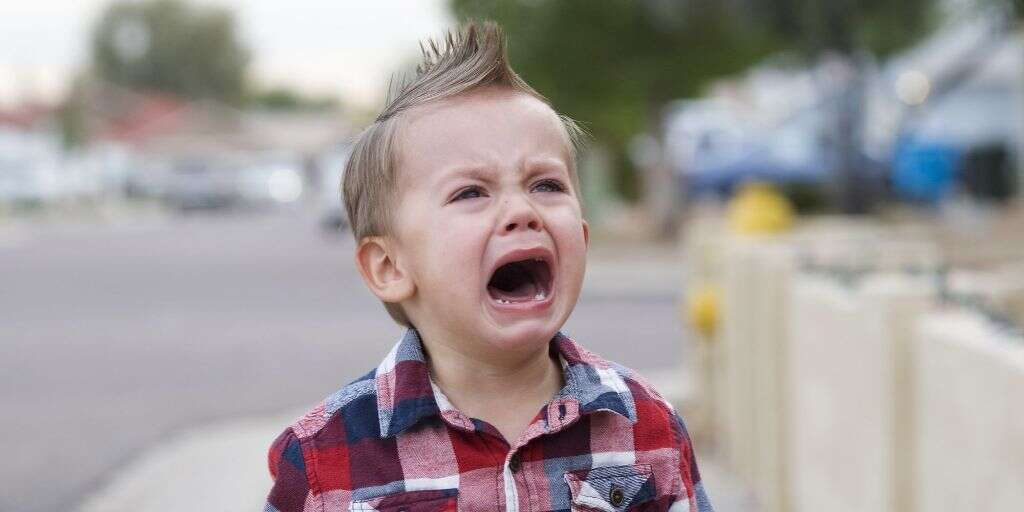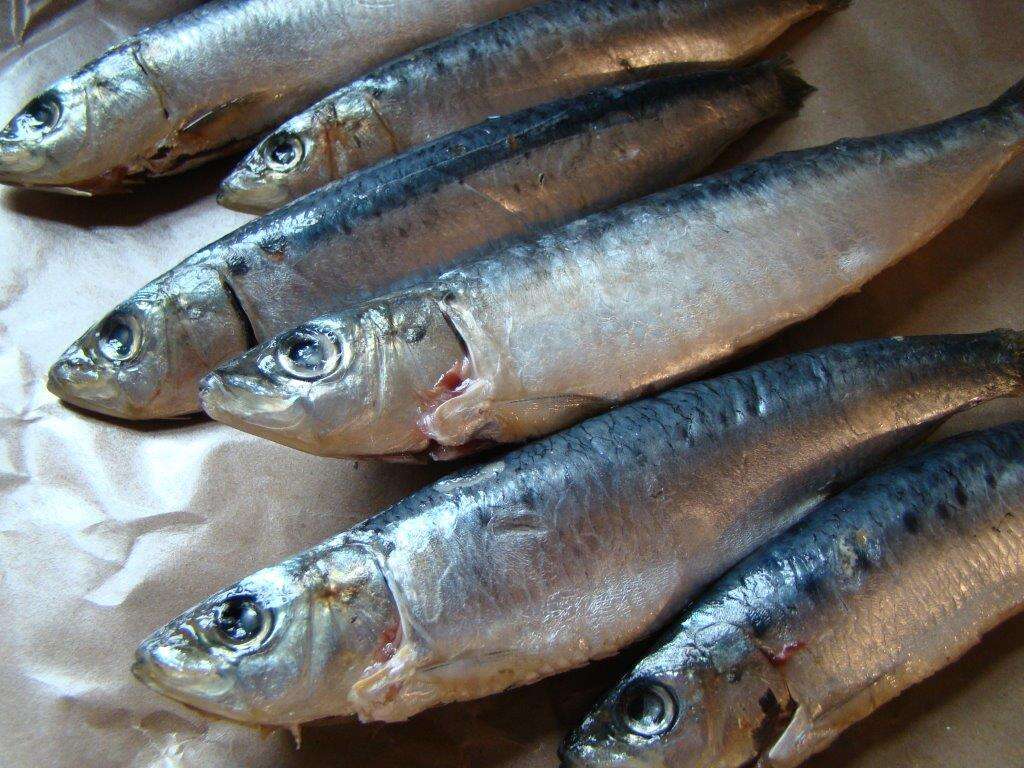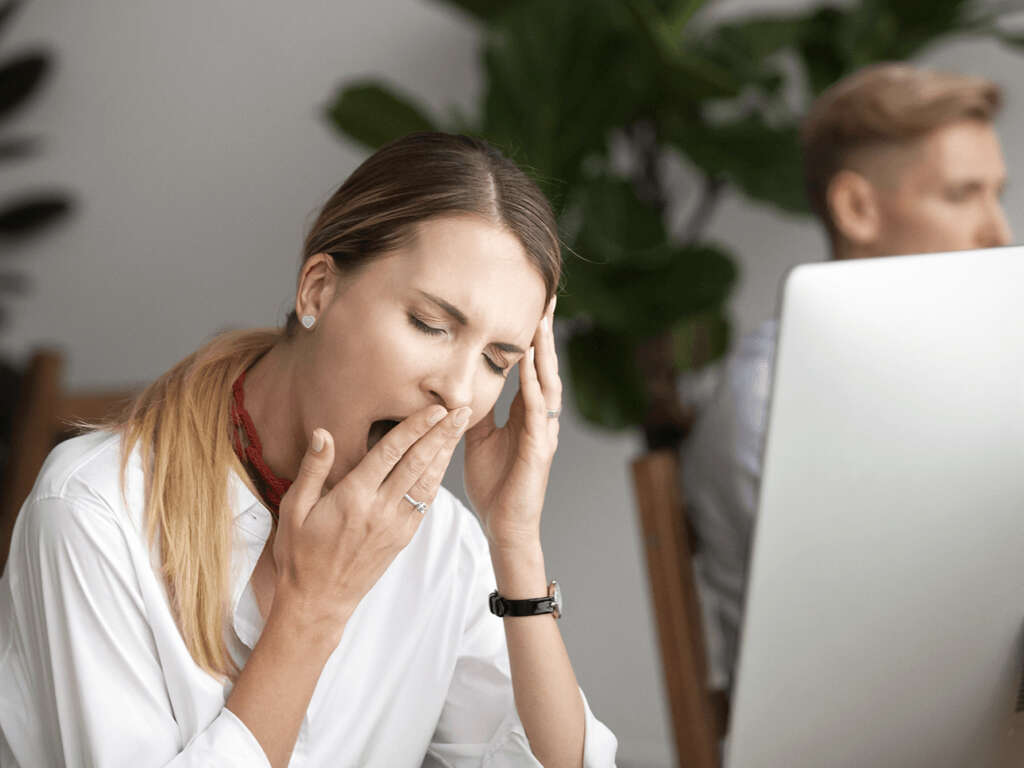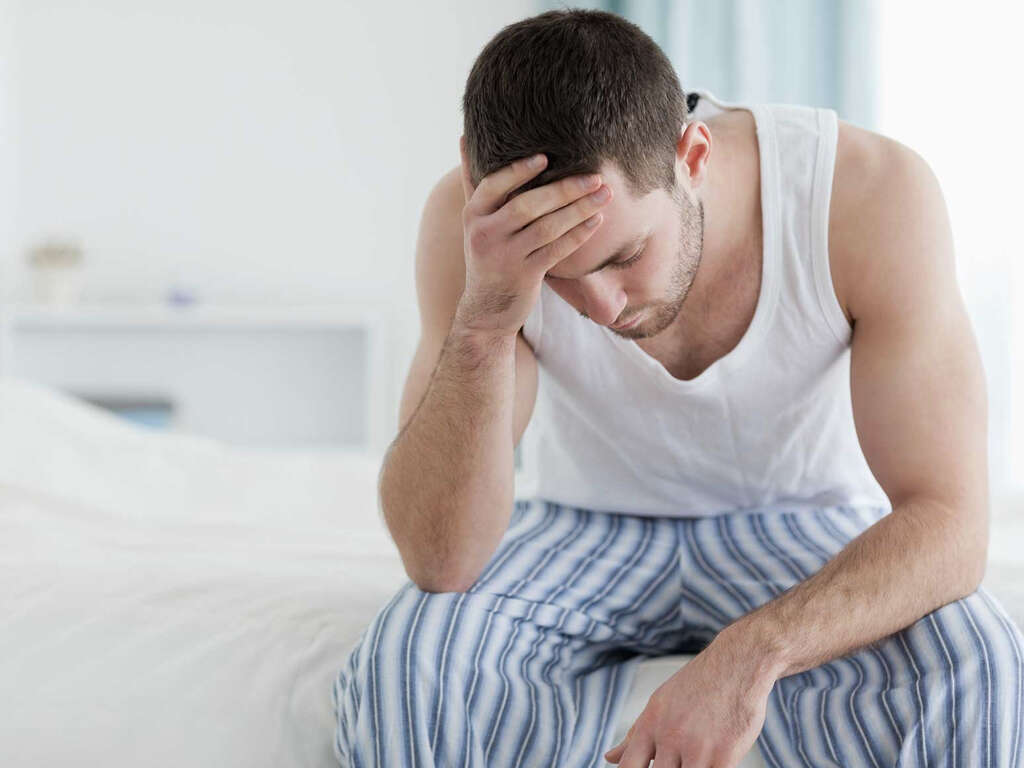10 Iron Deficiency Symptoms
Iron is an important nutrient in the production of hemoglobin within the human body. Hemoglobin enables red blood cells to carry oxygen and distribute it throughout the body. Unfortunately, iron deficiency is the most common nutritional deficiency worldwide. However, iron deficiency is often not diagnosed or treated because its signs and symptoms are not fully understood.
Some people are at a higher risk for developing iron deficiency than others. Iron deficiency commonly leads to the development of iron anemia, the most common type of anemia worldwide. Iron deficiency anemia can affect both genders, even though women are more likely to suffer from this condition.
Iron deficiency is simply determined with a blood test that checks iron levels. Once iron deficiency is diagnosed, proper treatment with iron supplements and dietary changes is required. When left untreated, iron deficiency can have a great impact on daily life. The most common symptoms of iron deficiency include:
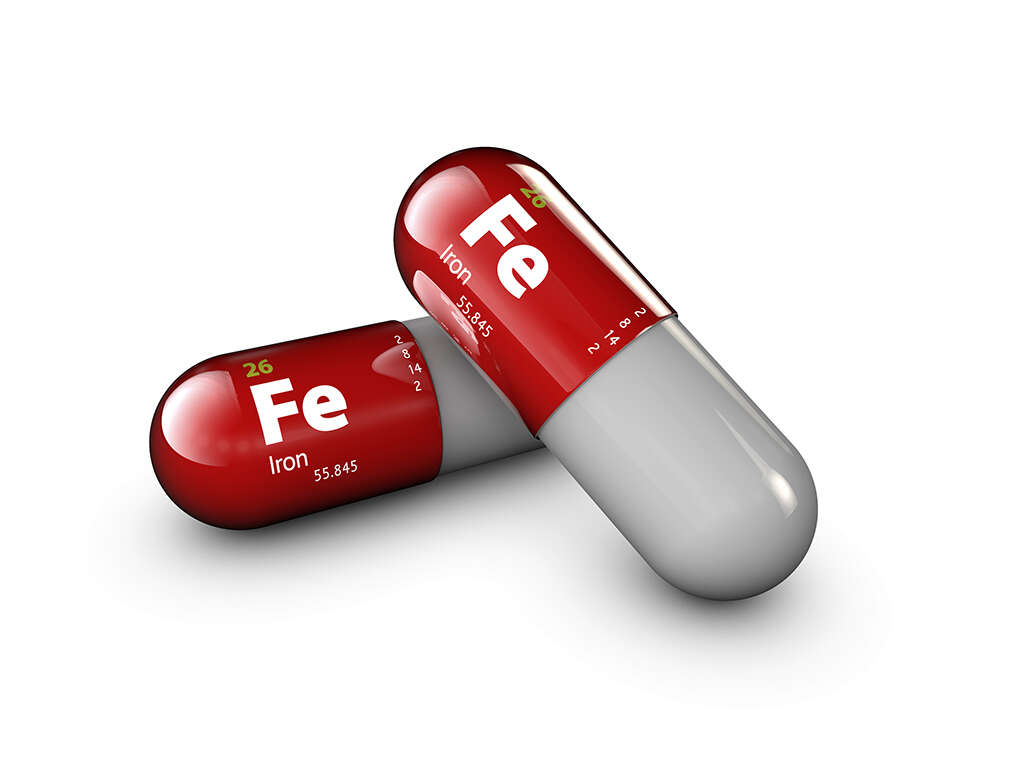
Symptom #1: Tiredness
Tiredness is the most common symptom of iron deficiency. Extreme tiredness is related to the fact that there are not enough red blood cells to carry oxygen throughout the body - the tissues and organs don’t receive the necessary amount of oxygen they need, resulting in a lack of energy. Also, the heart needs to work harder to pump more blood to supply all the tissues and organs with the necessary amount of oxygenated blood, which of course contributes further to extreme tiredness and fatigue.
The lower the iron levels in the human body, the more extreme the tiredness will be. This significantly affects a person’s quality of life. For this reason, it is very important to diagnose and treat iron deficiency on time.

Symptom #2: Paleness
Another role of hemoglobin in the human body is to give skin its natural color. In cases when there are lower levels of iron in the blood than normal, the skin will become pale. Paleness can affect the entire body or it can be present in specific areas such as in the lower eyelids, inside of the lips, on the gums, on the nails, on the face, etc.
Paleness is usually noticed in cases of moderate and severe iron deficiency anemia.

Symptom #3: Dizziness
One of the common symptoms of low iron levels is dizziness, often accompanied by headaches which are frequent and recurrent.
Diagnosing and treating low levels of iron on time with iron supplements, dietary, and lifestyle changes is a must to prevent serious complications such as broken bones due to falls caused by dizziness.
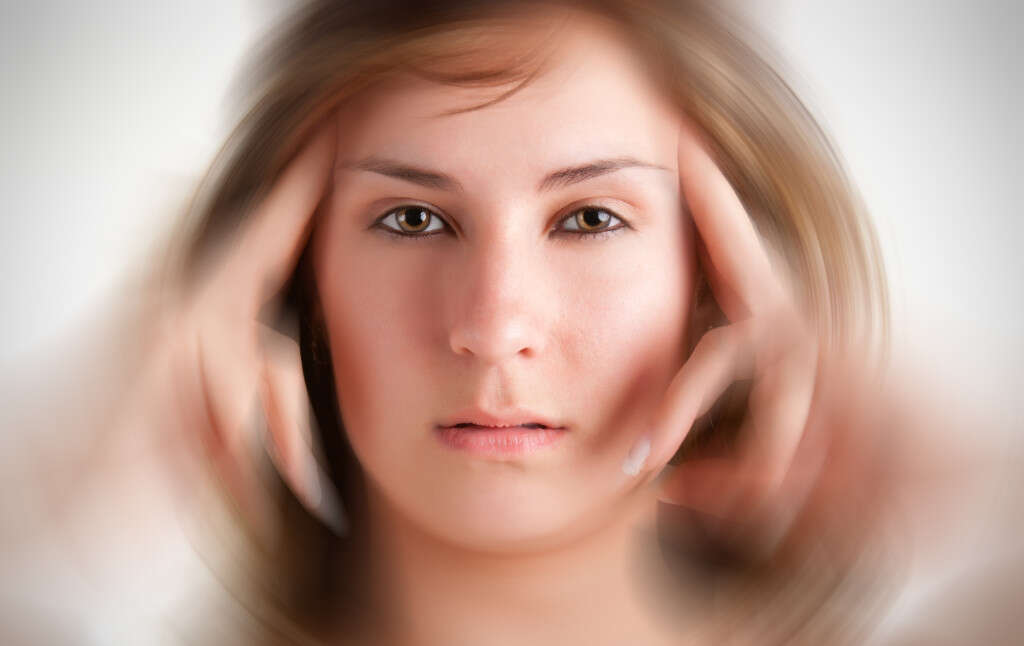
Symptom #4: Shortness of Breath
Shortness of breath is especially problematic among active adults who work out regularly. If you are not getting enough oxygen as normal, you won’t be able to finish daily tasks as you used to. Low iron levels may be to blame.
When hemoglobin levels are lower than normal, the entire body is not getting the necessary amount of oxygenated blood. This means that the heart, lungs, and the entire body will need to make an extra effort to function normally. Besides an increase in the heart rate there will be an increase in the breathing rate as well, which explains the shortness of breath, especially during physical activity.
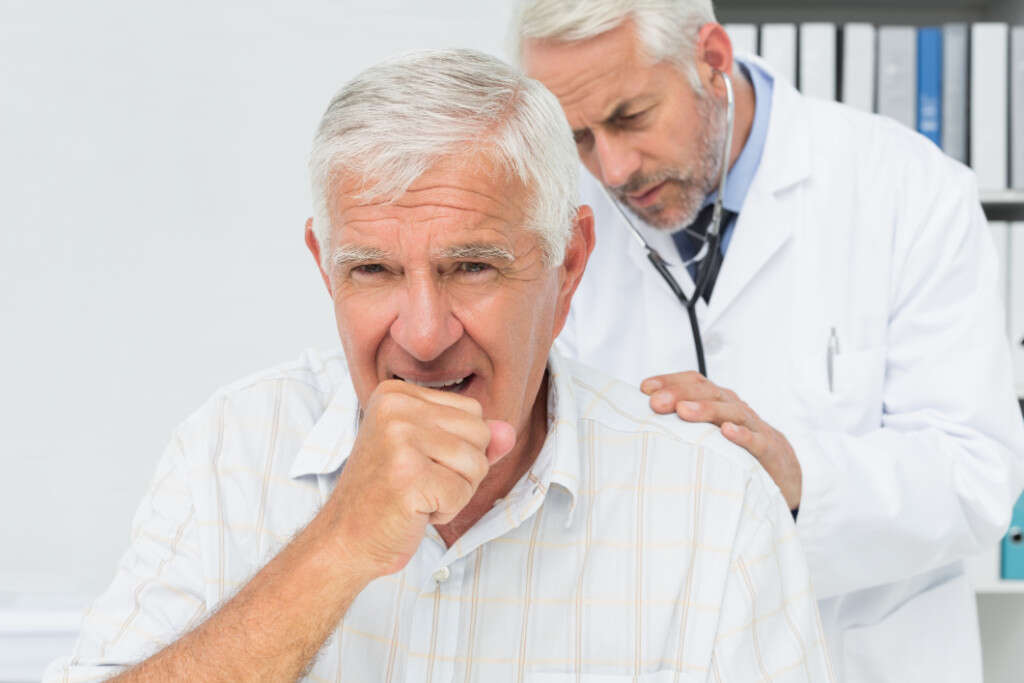
Symptom #5: Headaches
When there are low iron levels, the brain does not get enough oxygen, which can lead to headaches every now and then. The blood vessels in the brain swell, increasing the pressure inside of the skull.
In general, headaches due to iron deficiency anemia are frequent and recurrent, accompanied by dizziness and other symptoms. In severe cases of iron deficiency, headaches can significantly interfere with a person’s ability to finish daily tasks and affect their quality of life.

Symptom #6: Heart Palpitations
Another common symptom of iron deficiency is heart palpitations. This is because the heart needs to work harder to compensate for the lack of hemoglobin and red blood cells, which are needed to carry oxygen to tissues and organs.
Heart palpitations, irregular heartbeats, tachycardia, and in extreme cases even heart murmurs, an enlarged heart or heart failure are possible.
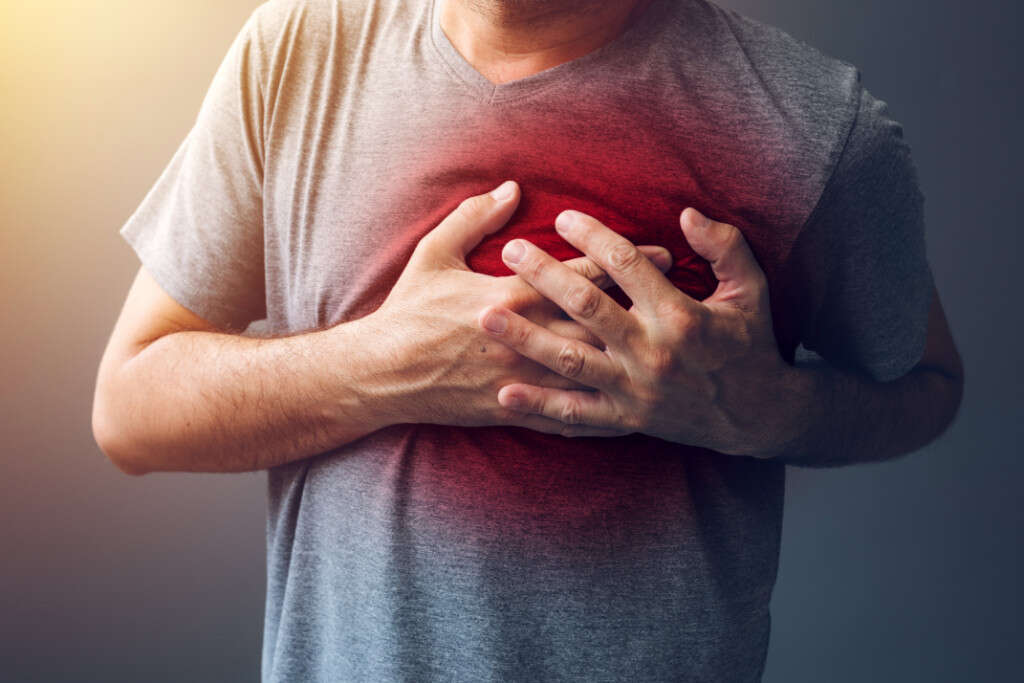
Symptom #7: Mouth and Tongue Sores
Low levels of iron in the body can lead to the development of sores on the mouth and tongue. When there is not enough iron for proper hemoglobin production, the body tissues and organs will not get the necessary amount of oxygen needed.
As the tongue is the most visible muscle, the lack of oxygen will lead to the development of sores. Cracking on the side of the mouth, unilateral or bilateral, is also a common sign of iron deficiency.
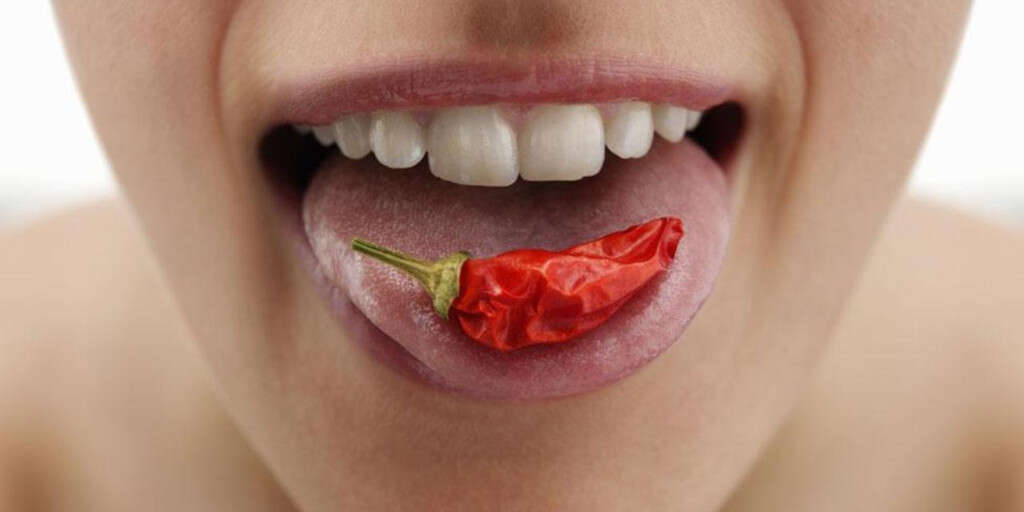
Symptom #8: Dry, Damaged, Brittle Hair and Nails
Iron deficiency, especially a long-term deficiency which is left untreated, can lead to dry and damaged skin and hair, as well as brittle hair and nails. The skin, hair, and nails require oxygen for proper functioning, so when they are not getting the necessary amount of oxygen needed, they will become damaged.
Hair follicles, for example, will become fragile and break, even leading to hair loss.

Symptom #9: Restless Legs
Restless legs syndrome is a common problem in cases of iron deficiency. It is characterized as an urge to move the legs constantly while at rest, especially while sleeping. Restless legs syndrome leads to itchiness and a strange crawling sensation in the feet and legs. The real cause of this syndrome is not known.
Because this problem gets worse at night, getting enough sleep becomes quite difficult for these people, which of course makes the symptoms of iron deficiency anemia even worse. If you are already tired because of low iron levels, then you will feel even more tired the next morning because of restless legs.
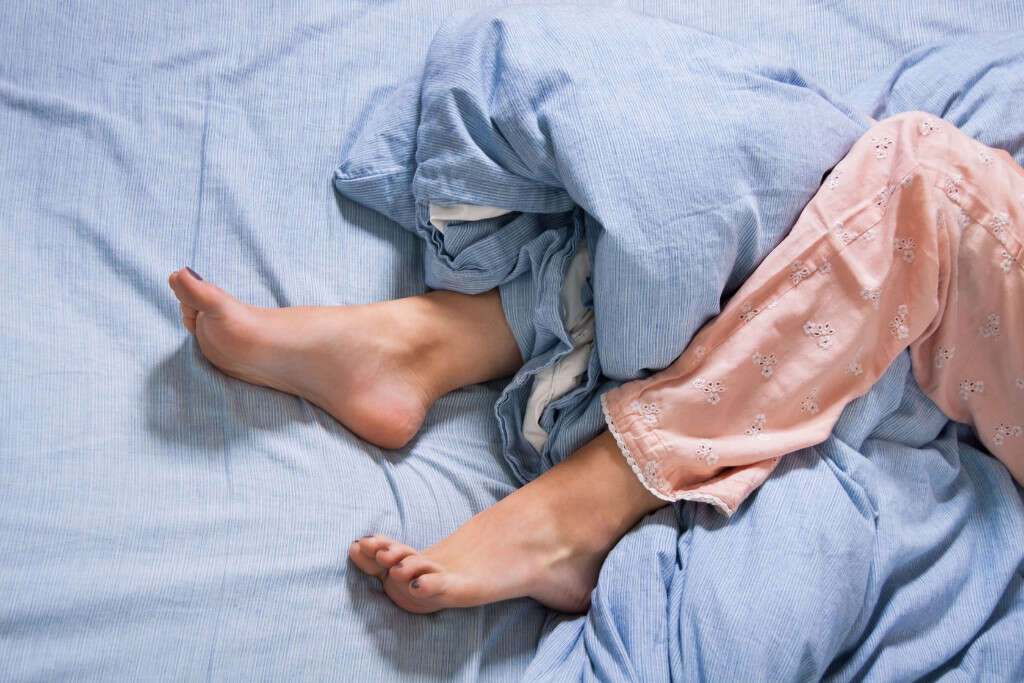
Symptom #10: Loss of Appetite
Loss of appetite is another common symptom of iron deficiency. It is more commonly seen among children than adults.
In order to avoid iron deficiency and loss of appetite, it is very important to consume a diet full of fruits and vegetables and foods rich in iron, such as spinach, legumes, red meat, liver, turkey, quinoa, broccoli, shellfish, dark chocolate, etc.




